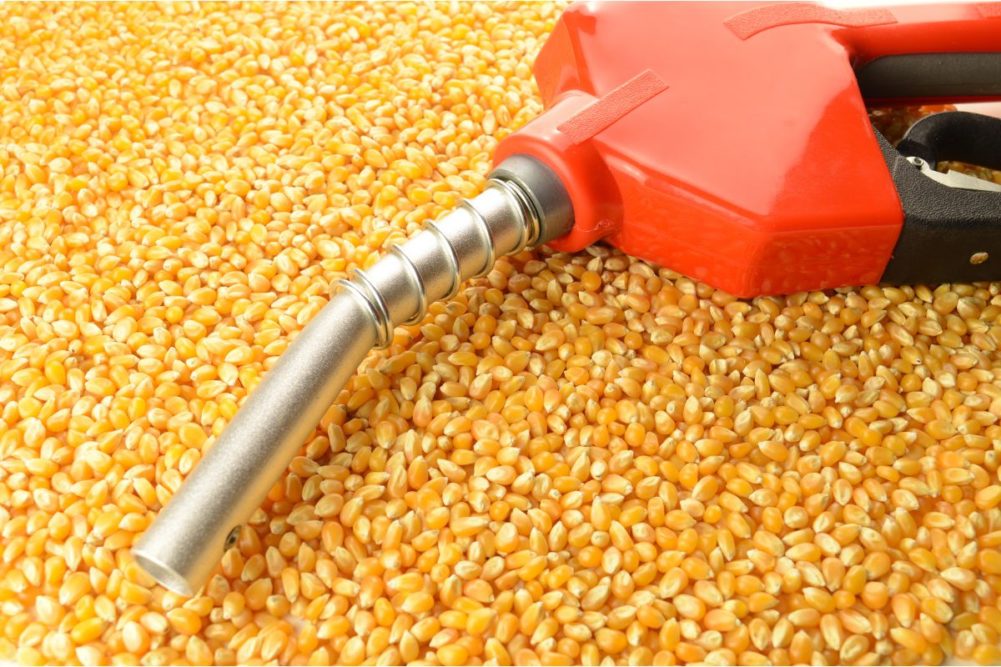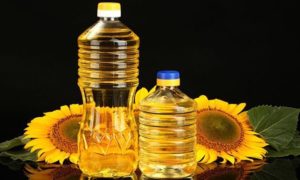Targeting 20% ethanol blending in 2 years with equal share from sugar and grains: Union Food Secretary

Sanjeev Chopra, Secretary of the Department of Food and Public Distribution, revealed that ethanol from maize has significantly increased this year. He expects that, in the next two years, ethanol blending will reach 20%, with half sourced from sugar and half from grains. Current blending is at 15%, up from 1.5% in 2013-14. Chopra also discussed balancing stakeholder interests and emphasized the need for predictable, sustainable policies.
Sanjeev Chopra, Secretary of the Department of Food and Public Distribution said that this year, there has been a sharp jump in the ethanol from maize.
“We expect that in the next two years or so when we are looking at 20% blending, maybe half the ethanol would be coming from sugar and roughly half would be coming from grain,” he said in an interview with CNBC-TV18.
The aspiration is to have 15% ethanol blending this year, and that is a steep increase from about 1.5% blending seen in 2013-14, he added.
Chopra also talked about strategies they are adopting to balance the interests of consumers, industry, and farmers, which can sometimes be conflicting.
This is the verbatim transcript of the interview:
Q: What are the food industry’s concerns around fund allocation and policy implementations in the union budget?
A: I do not think that kind of an impression is correct. From 2013-14, when the allocation for agriculture was about ₹15,000 crore to the present position when we have agriculture and allied sectors with a total allocation of about ₹1.5 lakh crore, we have come a long way in the past 10 years. That just reflects the commitment of the government to the farm sector and the farmers.
Q: There have been concerns when you look at pulses and edible oil, the kind of import that we do, and inflation concerns have led to a lot of measures that the government took in the last 6 or 18 months as well. Are we looking at now easing off from that? Do you see a situation where you think that things are getting comfortable?
A: We have a very institutionalised mechanism of monitoring the prices in the government. Every week, these prices are reviewed by a committee of secretaries. And then, later on, we also apprise the committee of ministers. So, we are maintaining a close watch.
As of now, the prices of pulses, particularly toor (pigeon peas) and urad (black gram), are still in the red zone and quite appreciably so. So, we are watching the situation. And any easing of the restriction that has been imposed, whether it is the pulses or whether it is wheat and rice or sugar. So, they would be taken at an opportune time when the government feels that the position or the stability in the sector warrants a kind of restriction to be done away with.
Q: How difficult is it balancing the farmers where you have promised double income and we have seen a lot of work being done there because of the kind of increase we have seen in minimum support price (MSP)? The other is the stakeholders which includes of industry, exporters, importers and then the consumers.
A: It’s very tough. It’s not easy at all. It’s a tightrope walk. We need to keep the interest of all the stakeholders, taking the sugar sector in particular in case let’s say we have the sugar mills who have their interests; the consumers also want stable prices, and the producers, the sugarcane farmers would like increased fair and remunerative price (FRP). So, maintaining a balance between these interests, which are at times a little conflicting, certainly requires some bit of tightrope working.
Q: You meet a lot of industry guys and one thing that resonates from everywhere is a long-term, predictable, sustainable policy.
A: The policy of course has to be something that can be relied upon for the short to medium-term. The government has ensured, to the extent possible, that the policies that are brought about in terms of the various crops that the ministry deals with are kept at a level where there are no surprises which are just sprung on the industry. But having said that, let me also say that the government is also conscious that these surprises sometimes become inevitable, keeping in view the interests of the economy and keeping in view the interests of the 140 crore consumers of the country.
Q: When we are looking at sugar now, and this is an area, as we are all talking, we were one of the leaders when it comes to bio alliance there, ethanol alliance. How are you looking at the push here as you have been saying, I was hearing your speech and water concerns and of course, the price concerns and other grains are part of this as well. Are we looking now to a roadmap which tells us what can we expect in the sense of ethanol blending? People have talked about flexible fuels, et cetera, so there is a lot on your plate right now even just with this one sector.
A: Broadly the picture is that in this case we are now aspiring to have 15% ethanol blending this year and that is up from about 1.5% blending which was there in 2013-14. So, we have come a long way and globally it is accepted that India has done wonders in the ethanol blending programme. While the reliance was majorly on molasses-based feedstock, going forward, that kind of reliance will be there, but it will be tempered by an equal reliance on the grains, particularly maize.
So, this year we have had a sharp jump in the ethanol that we got from maize and going forward also we expect that in the next two years or so when we are looking at 20% blending, maybe half the ethanol would be coming from sugar and roughly half would be coming from grain.
Q: If two things are at the top of your mind right now when it comes to agriculture and food, what are they?
A: Agriculture of course the first major thing that we need to look at is crop diversification because of the ecological damages which are being caused by the selection of a particular monocropping, if I can call it that, particularly in the northern part of the country. So, that is one thing that is of concern to us, how do we change the cropping pattern in the country? The second of course is to how we can have more self-reliance in pulses and oilseeds.














